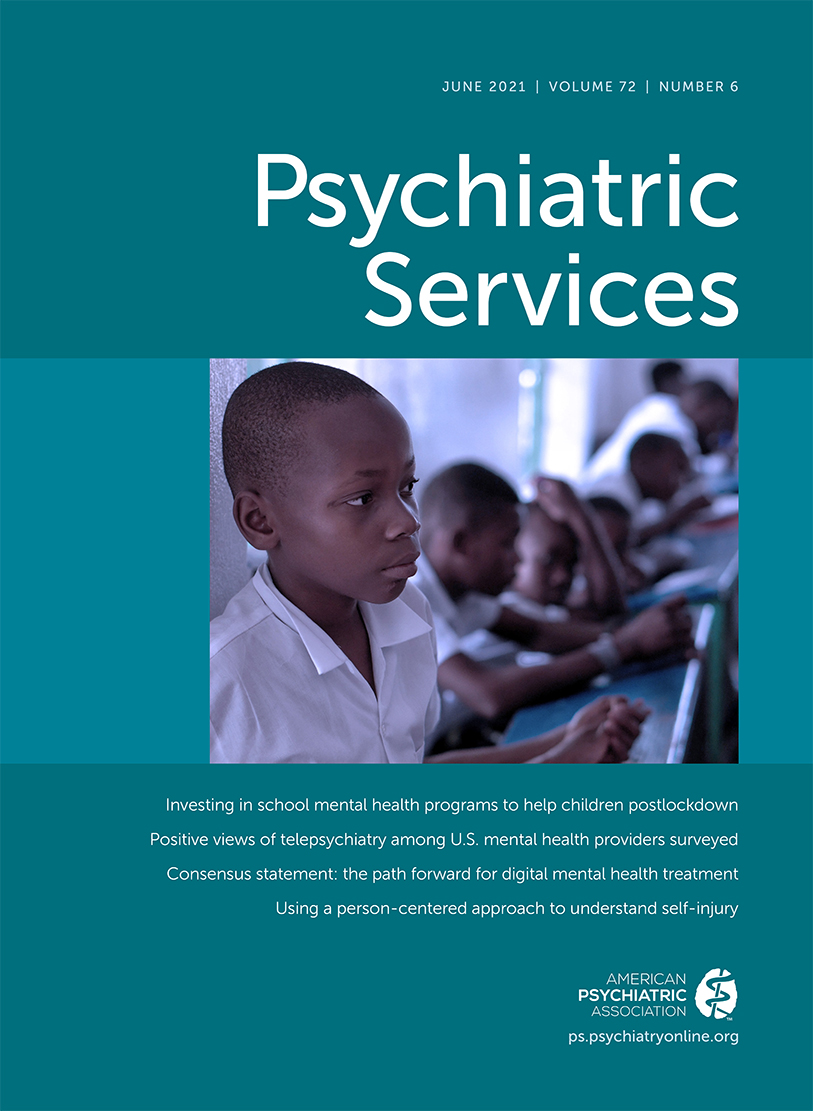Clinicians’ Racial Bias Contributing to Disparities in Electroconvulsive Therapy for Patients From Racial-Ethnic Minority Groups
Abstract
Patients from racial-ethnic minority groups undergo disparate electroconvulsive therapy (ECT) treatment compared with Caucasian peers. One leading hypothesis is that clinicians may unknowingly display racial bias when considering ECT for patients of color. Studies have consistently shown that patients of color face numerous racially driven, provider-level interpersonal and perceptual biases that contribute to clinicians incorrectly overdiagnosing them as having a psychotic-spectrum illness rather than correctly diagnosing a severe affective disorder. A patient’s diagnosis marks the entry to evidence-based service delivery, and ECT is best indicated for severe affective disorders rather than for psychotic disorders. As a consequence of racially influenced clinician misdiagnosis, patients from racial-ethnic minority groups are underrepresented among those given severe affective diagnoses, which are most indicated for ECT referral. Evidence also suggests that clinicians may use racially biased treatment rationales when considering ECT after they have given a diagnosis of a severe affective or psychotic disorder, thereby producing secondary inequities in ECT referral. Increasing the use of gold-standard treatment algorithms when considering ECT for patients of color is contingent on clinicians transcending the limitations posed by aversive racism to develop culturally unbiased, clinically indicated diagnostic and treatment rationales.



